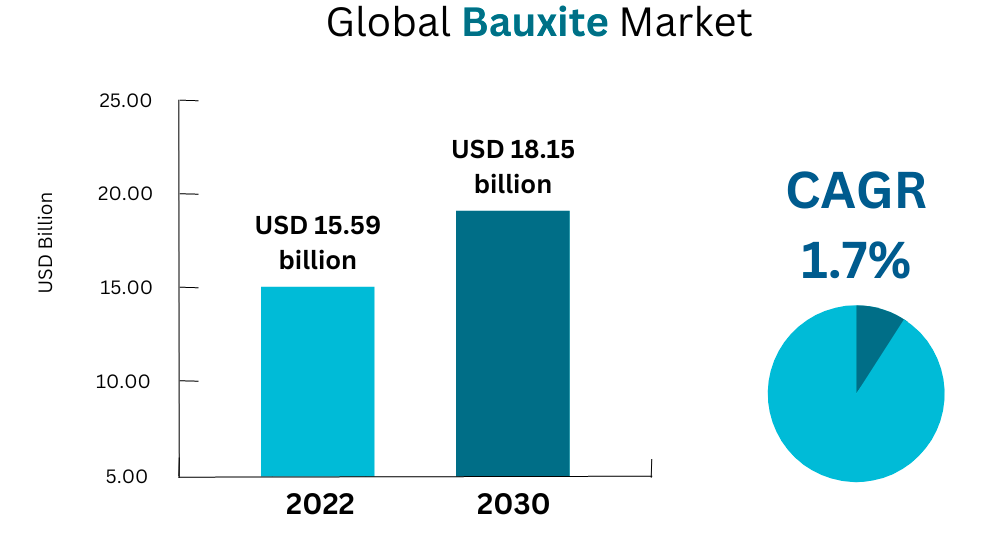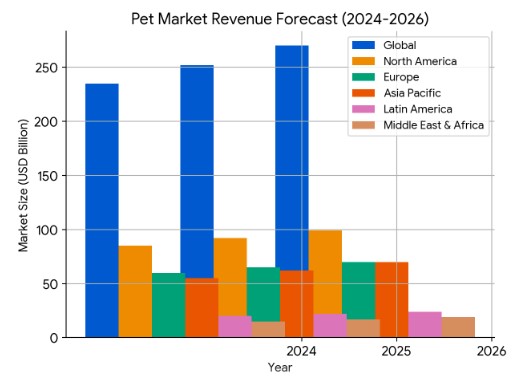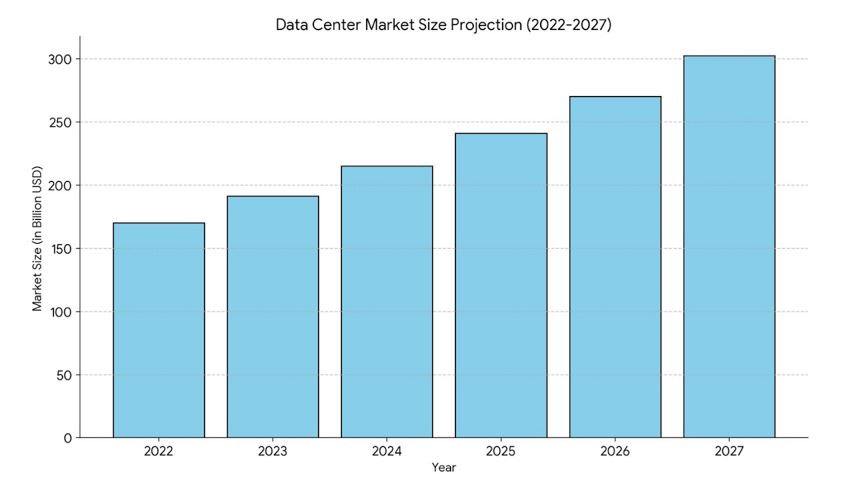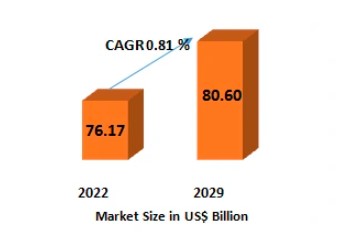The Indian Made Foreign Liquor (IMFL) Market is a dynamic and integral part of India's alcoholic beverage industry. This segment encompasses a diverse range of spirits produced domestically, drawing inspiration from foreign distillation techniques and recipes. The IMFL Market has witnessed substantial growth in recent years, fueled by changing consumer preferences, rising disposable incomes, and an expanding urban population. Let's delve into the key aspects of the IMFL Market, exploring its prominent companies and the factors driving its growth.
Overview of the IMFL Market:
The IMFL Market includes various types of liquors such as whiskey, rum, brandy, vodka, and gin. These beverages are crafted within India, incorporating both indigenous and foreign influences to create distinctive flavor profiles. Unlike country liquor, which is typically produced and consumed locally, IMFL represents a more sophisticated and diverse category catering to a broad consumer base.
IMFL in Focus: Indian Made Foreign Liquor
Within the Spirits Market, IMFL refers to a category of liquors produced in India but influenced by foreign distillation methods. This segment includes various types of spirits, each with its own characteristics:
- Whiskey: Known for its diverse styles, including single malt, blended, and grain whiskey, offering a range of flavors from smoky to sweet.
- Rum: Embracing sweetness and often featuring spiced variations, Indian rum brings its own flair to the global rum scene.
- Brandy: Crafted from fermented fruit juices, Indian brandy offers a fruity and often smoother alternative to its international counterparts.
- Vodka: Prized for its neutrality, Indian vodka is versatile and serves as a base for a wide range of cocktails.
- Gin: Exhibiting herbal and botanical notes, Indian gin has gained popularity as consumers explore craft and artisanal options.
Key Players in the IMFL Market
Several companies play a pivotal role in shaping the IMFL segment and contributing to the overall growth of the Spirits Market:
- United Spirits Limited (USL): As one of the largest spirits companies in India, USL boasts an extensive portfolio that includes iconic brands like McDowell's No. 1, Royal Challenge, and Signature.
- Radico Khaitan Limited: Known for its flagship brand, Rampur Indian Single Malt Whisky, Radico Khaitan has made a mark in the premium spirits segment.
- Diageo India: A subsidiary of the global beverage giant Diageo, Diageo India has a strong presence with brands like Johnnie Walker, Black & White, and VAT 69.
- Sazerac Company: While based in the United States, Sazerac has made significant inroads into the Indian market with its acquisition of Radico Khaitan's stake in their joint venture.
Factors Driving Growth in the IMFL Market:
- Changing Consumer Preferences: The evolving tastes and preferences of consumers, especially among the younger demographic, are driving the demand for diverse and premium IMFL products.
- Rising Disposable Incomes: Increasing disposable incomes, particularly in urban areas, enable consumers to explore and invest in higher-priced and premium IMFL offerings.
- Marketing and Innovation: Intensive marketing strategies and innovative product launches by key players contribute to the overall growth of the IMFL Market. Brands often engage in promotional activities and introduce new variants to capture consumer attention.
- Urbanization and Lifestyle Changes: The urbanization trend, coupled with changing lifestyles, has led to a shift in drinking patterns. Consumers are seeking more sophisticated and curated drinking experiences, contributing to the popularity of IMFL products.
Challenges and Future Outlook:
While the IMFL Industry continues to thrive, it faces challenges such as regulatory constraints, changing government policies, and increasing health consciousness among consumers. However, with a focus on innovation, responsible marketing, and catering to evolving consumer preferences, the IMFL Market is poised for sustained growth.
In conclusion, the IMFL Market in India is a vibrant and evolving landscape, with leading companies shaping the industry's trajectory. As consumers embrace diverse and premium choices, the IMFL segment remains a key player in the country's dynamic alcoholic beverage market.













